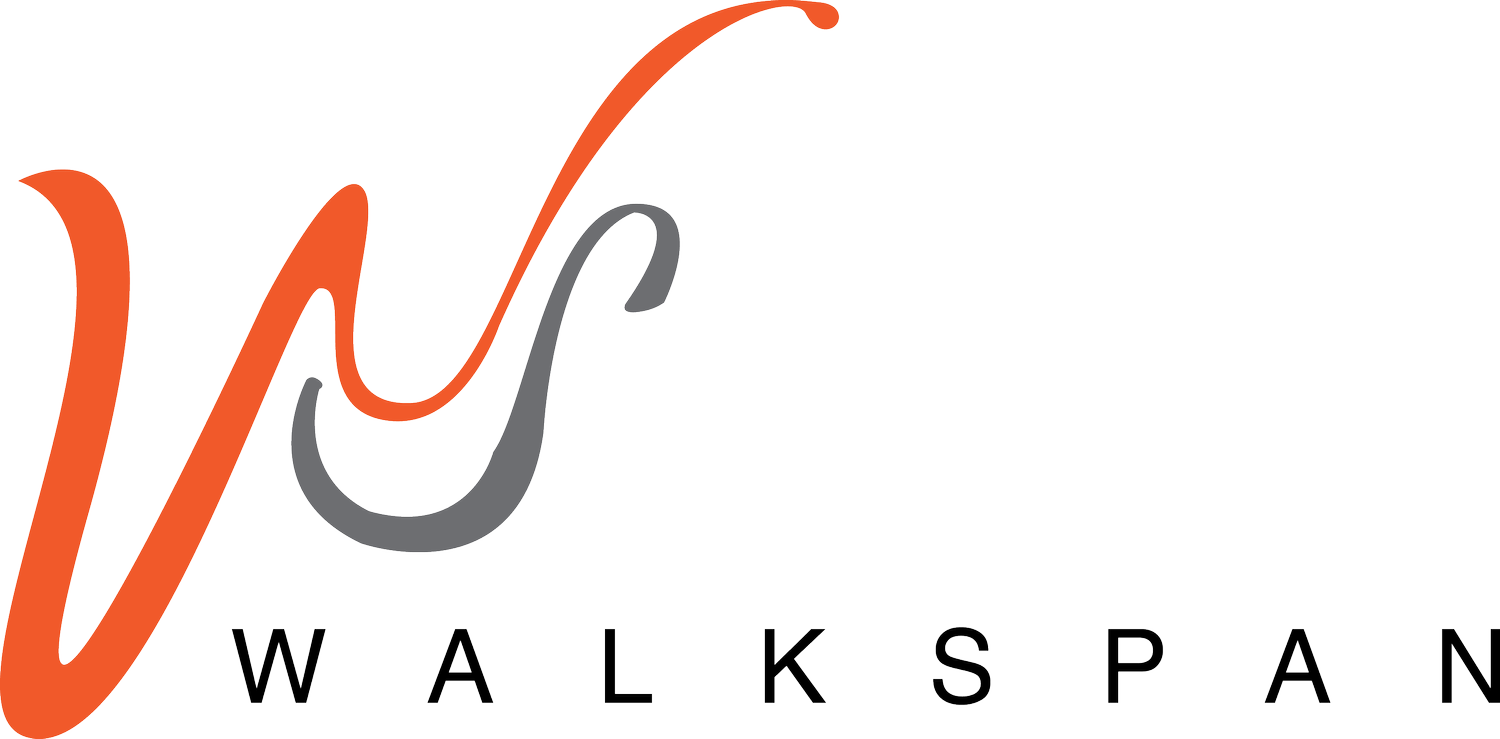
Newsletter
Walkspan ran StreetEasy’s rankings against its data to show how it would change if users could evaluate the quality-of-life factors defining the neighborhoods.
“Highlining” will take to new heights the ambitious plan thoughtfully laid out in the New New York Action Plan. What better way to make New York work for everyone than by addressing conflicts where pedestrian density is at its highest? I can’t imagine a better urban strategy to make our city more inclusive than letting everyone enjoy our sidewalks. “Highlining” will increase foot traffic, address the challenges of desolation, office-to-residential conversion, project fragmentation and sidewalk jurisdiction. No major infrastructure investment is required. Instead, simply adding interesting, comfortable, and visually pleasing elements on the surface will enhance the quality of life while ensuring the safe and unimpeded flow of pedestrians.
Walkspan, a company that revolutionizes the real estate industry, today announced that it recently launched the beta version of their neighborhood intelligence platform designed to fully complement the property search engine used by all real estate companies. Five brokerage companies in the NYC area and Florida with a total of 102 users are actively beta testing the platform. The website plugin is easy to embed and comes in white label format.
Neon lighting in Barcelona's crosswalks illuminates the path to ensure pedestrian safety. This preventive measure serves as a reminder to look up from our mobile devices and cross the street safely as we traverse the digital age. It is a positive development, and Barcelona is setting the bar high.
Baby boomers and millennials share a desire for walkable communities with tree-lined streets, lively dining scenes, a variety of shopping options, spacious parks, and warm public areas amid the changing landscape of U.S. homeownership. Assessment tools like Walkspan and Walk Score come into play here, delivering useful insights into what makes a place totally walkable. The challenge is figuring out which tool best defines your ideal neighborhood's walkability.
Approximately 40,579 sidewalks in New York City are without trees. This accounts for 24 percent of the 168,681 sidewalk block faces in the city. Figure 1 illustrates where these treeless sidewalks are, stretching approximately 1,544 linear miles. The presence of nature along city sidewalks is one of the constructs Walkspan measures in determining neighborhood walkability. Other constructs measured are architecture, activity, safety, access, vibrance, interest, noise, legibility, and social equity.
Green roofs help combat climate change and what better place to install them (whenever and wherever possible) than in our building height-restricted Washington DC. Our nation’s capital can set an example on how to combat climate change and its repercussions such as urban heat island effects and intense heat waves. Heat islands are concentrations of buildings, paved areas, and other surfaces that absorb and retain heat.
Are you a homebuyer, renter, or real estate professional just looking to learn more about the neighborhood of a property of interest? Are you tired of jumping between lists of sources like Google, Yelp, Walkscore, etc., getting lost in multiple open tabs just trying to learn the makeup of an area or neighborhood?
Walkspan has a solution. Our Location-as-a-Service, or LaaS, solves search inefficiencies and even increases sales through Walkspan’s AI driven data and location intelligence technology. LaaS is a location search API developed FOR the real estate sector, inspired BY real estate professionals’ needs. LaaS is an easy way for real estate professionals to find amenity and neighborhood data for their properties. It’s also a way for the homebuyer to search for properties based on their preferences in location and available amenities. And a happy homebuyer makes a happy real estate agent.
Walkspan takes into account over 200 visual elements that add to one’s sense of wellness while walking. Our patented AI algorithm for rating and mapping sidewalks helps identify the good from the not so good. By good, we mean those sidewalks with numerous features and elements that enhance the experience of walking. Ten walkability constructs are measured: natural and manmade features, sidewalk and frontage utilities, safety, comfort, access, vibrance, interest, legibility and social equity. Scores of 3, 2 and 1 are assigned depending on the absence and presence of those features. A score of 3 (a rave review) suggests high presence of walkability features along a particular blockface, a 5 or 10 minute walk, or an entire neighborhood.
Walkspan’s location intelligence driven technology facilitates the microscale assessment and recommendation system supported by decision filters to identify walkability solutions for downtown Brooklyn. Prime considerations for sidewalk assessment are features identified in extensive literature as important to the experience of walking, namely: sidewalk beauty, utility, safety, comfort, access, vibrance, interest, legibility, and social equity. Walkspan’s findings will be used to support DBP’s planning, operations and beautification program.
After the lockdown, we will all be eager to step out and embrace the world again.
People will take their usual daily walks, breathe in fresh air and celebrate the colors of nature. Now imagine, if by some miracle, we find our sidewalks and other pedestrian flow zones different from what they used to be.












